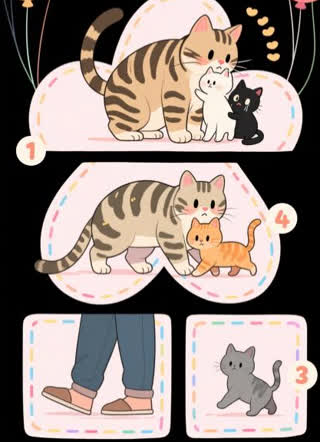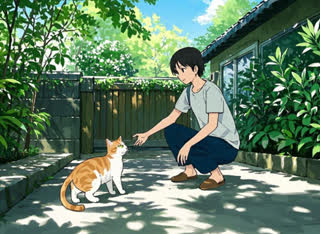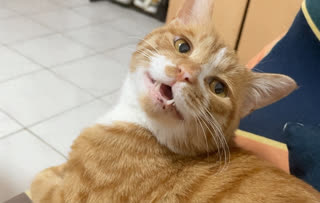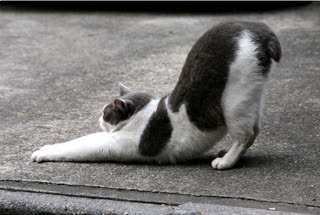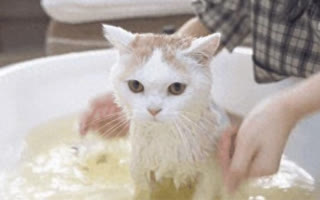Ragdoll cats, known for their affectionate nature and "puppy-like" loyalty, often form deep bonds with their owners. These gentle giants thrive on companionship, making them particularly sensitive to prolonged absences. But how can you recognize the signs of a cat missing its owner? From subtle behavioral shifts to vocal pleas for attention, understanding these clues is key to supporting your Ragdoll’s emotional well-being. In this article, we’ll explore feline separation anxiety, Ragdoll-specific traits, and actionable tips to ease their stress during your absence.
1. Increased Vocalization: Meowing, Yowling, or Chirping
Ragdolls are naturally quiet but may vocalize excessively when lonely. A study on feline cognitive dysfunction noted that cats with separation-related stress often exhibit persistent meowing, especially near doors or windows where they last saw their owner. For Ragdolls, whose blue eyes and soft demeanor mask deep emotional needs, this behavior signals a longing for interaction.
2. Changes in Appetite or Grooming Habits
A cat missing its owner may eat less or over-groom. Ragdolls, prone to stress-related health issues like bladder stones, might neglect meals or lick their fur obsessively, leading to bald patches. Monitor food bowls and litter box activity—sudden weight loss or irregular urination could indicate anxiety.
3. Destructive Behavior: Scratching or Clinginess
While Ragdolls are typically calm, isolation can trigger destructive acts like scratching furniture or knocking objects over. This mirrors findings in cognitive dysfunction studies, where anxious cats seek sensory stimulation. Providing interactive toys or a window perch can redirect their energy.
4. Lethargy or Hiding
A depressed Ragdoll might retreat to secluded spots, such as under beds or closets. Research on feline behavior highlights that withdrawn behavior often correlates with separation stress. Contrast this with their usual sociable nature—healthy Ragdolls actively seek human interaction.
5. Excessive Attachment Upon Return
Ragdolls greeting owners with prolonged purring, kneading, or following them room-to-room demonstrate relief. This aligns with their breed’s reputation for loyalty, as noted in CFA standards. Such clinginess underscores their need for reassurance after solitude.
6. Disrupted Sleep Patterns
Cats are crepuscular, but a lonely Ragdoll may stay awake at odd hours, pacing or vocalizing. Studies on sleep cycle changes in aging cats with cognitive issues reveal similar patterns. Maintain a routine to stabilize their internal clock.
7. Searching for the Owner’s Scent
Ragdolls might nap on their owner’s clothing or linger near personal items. This instinctual behavior, tied to scent-driven comfort, is observed across breeds but is pronounced in emotionally dependent cats like Ragdolls.
8. Physical Symptoms of Stress
Prolonged anxiety can manifest in diarrhea, vomiting, or excessive shedding. Ragdolls, predisposed to hypertrophic cardiomyopathy (HCM), require vigilance—stress exacerbates heart conditions. Consult a vet if symptoms persist.
Supporting Your Ragdoll’s Emotional Health
Interactive Toys: Puzzle feeders or automated lasers mimic playtime.
Companionship: Consider a second pet if your Ragdoll spends long hours alone.
Scent Swapping: Leave unwashed blankets to provide comfort.
Routine Consistency: Feed and play at fixed times to reduce uncertainty.






